Procedural Modeling of Cities
Press space to continue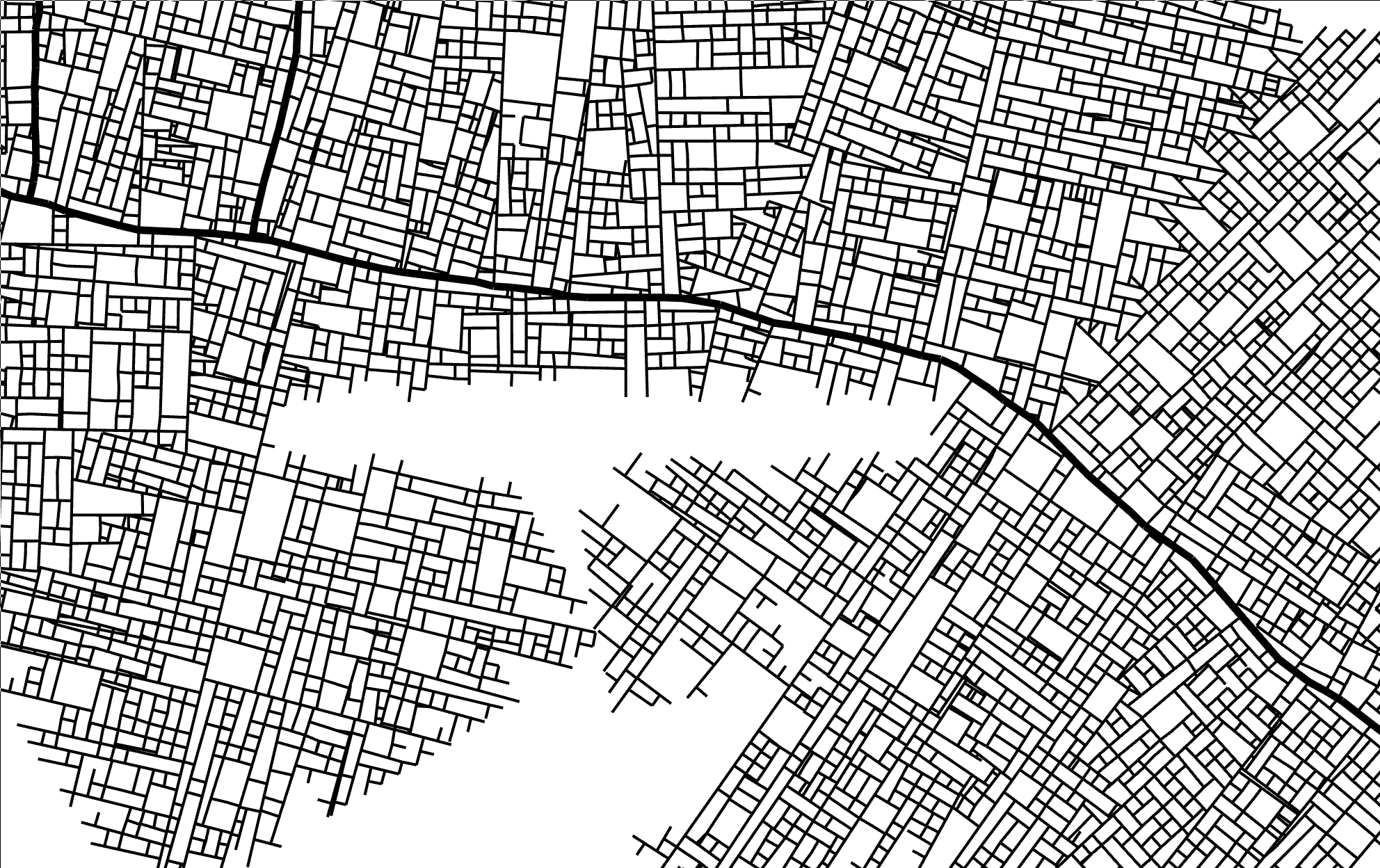
Goal: Automatic generation of a realistic-looking city
including road structure and buildings
Applications
- Entertainment (Movies, Games)
- Military training
- Land use planning
Approach
- Choose/Process input parameters
- Generate street network
- Evaluate building blocks
- Generate building structure and architecture
Optional interaction between these steps
Modeling of the street network
Parish and Müller (2001)
Initialization
- begin with two opposite street segments
- greedily continue mostly straight from existing segments
Branching
- branch with some probability at ≈ 90 degrees
Street hierarchy
Primary, secondary, tertiary streets are used in urban planning
→ Simplified distinction between “highways” and normal streets
- highway segments are longer and branch less
- normal streets can only branch into normal streets
Parallel growth
New potential segments are evaluated after existing ones
red = current step
green = next step
Highway branching
Normal streets branching from highways have an additional delay (blue)
This prevents highways from being cut off by normal streets
Conflict resolution
If a new segment
- is near an existing street: Adjust endpoint and create intersection
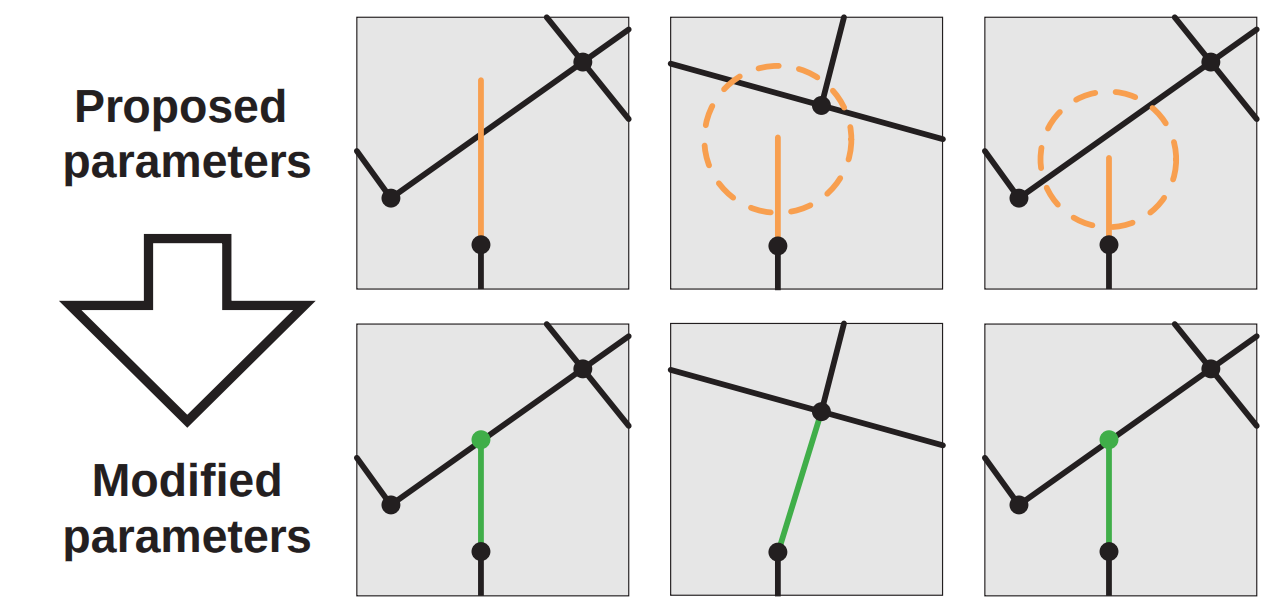
- ends in an obstacle (e.g. water, park): Shorten or rotate segment to fit
Global goals (1)
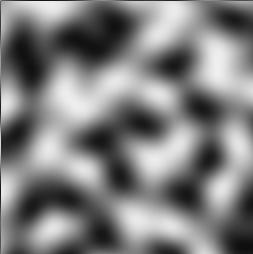
Population map (generated with layered simplex noise):
Global goals (2)
Highways try to connect population centers.
Possible new directions are sampled, the one with largest population is chosen

Global goals (3)
Streets only branch if population is larger than some threshold:
Global Goals (4) — Street patterns
Different patterns found in cities:

Street patterns — Examples

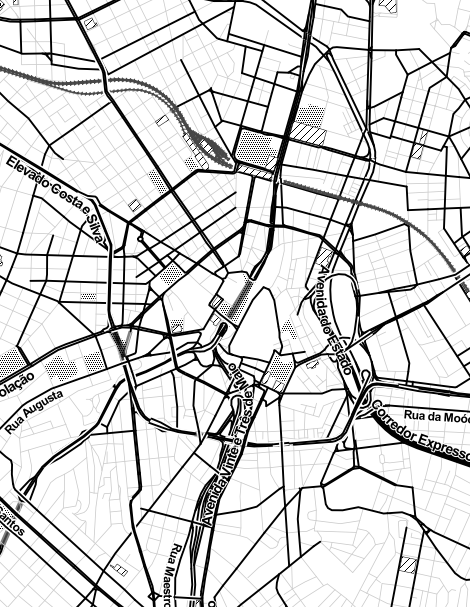
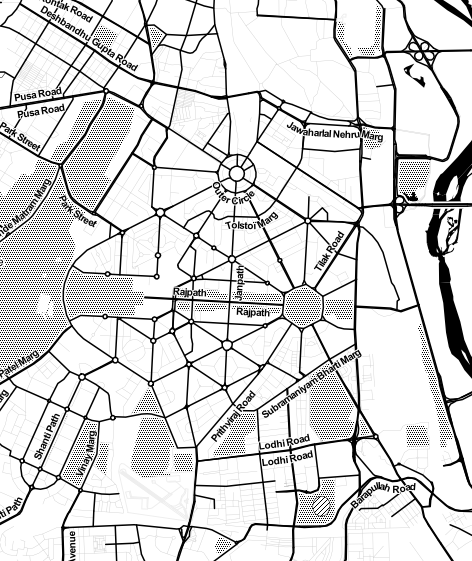
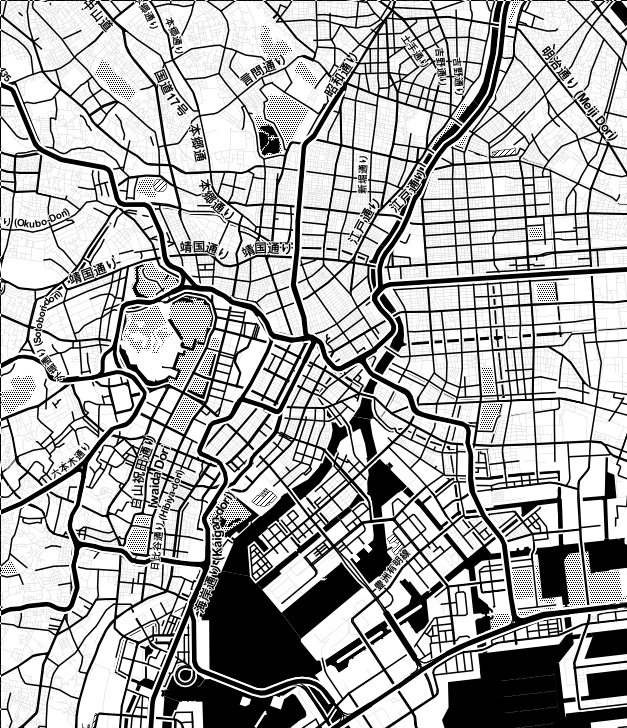
http://maps.stamen.com/
Implementation as parametric L-System
Original implementation by Parish and Müller (2001)
w: R(0, initialRuleAttr) ?I(initRoadAttr, UNASSIGNED)
p1: R(del, ruleAttr) : del<0 -> e
p2: R(del, ruleAttr) > ?I(roadAttr,state) : state==SUCCEED
{ globalGoals(ruleAttr,roadAttr) creates the parameters for:
pDel[0-2], pRuleAttr[0-2], pRoadAttr[0-2] }
-> +(roadAttr.angle)F(roadAttr.length)
B(pDel[1],pRuleAttr[1],pRoadAttr[1]),
B(pDel[2],pRuleAttr[2],pRoadAttr[2]),
R(pDel[0],pRuleAttr[0]) ?I(pRoadAttr[0],UNASSIGNED)[i]
p3: R(del, ruleAttr) > ?I(roadAttr, state) : state==FAILED -> e
p4: B(del, ruleAttr, roadAttr) : del>0 -> B(del-1, ruleAttr, roadAttr)
p5: B(del, ruleAttr, roadAttr) : del==0 -> [R(del, ruleAttr)?I(roadAttr, UNASSIGNED)]
p6: B(del, ruleAttr, roadAttr) : del<0 -> e
p7: R(del, ruleAttr) < ?I(roadAttr,state) : del<0 -> e
p8: ?I(roadAttr,state) : state==UNASSIGNED
{ localConstraints(roadAttr) adjusts the parameters for:
state, roadAttr}
-> ?I(roadAttr, state)
p9: ?I(roadAttr,state) : state!=UNASSIGNED -> e→ unnecessarily complicated
Implementation with priority queue
originally from Sean Barrett (2008)
function generate() {
let Q = new PriorityQueue<Segment>();
Q.enqueueAll(makeInitialSegments());
let segments = [];
while (!Q.empty() && segments.length < SEG_LIMIT) {
let minSegment = Q.dequeue();
// resolve conflicts
let accepted = applyLocalConstraints(minSegment, segments);
if (accepted) {
segments.push(minSegment);
// create new segments
Q.enqueueAll(globalGoalsGenerate(minSegment));
}
}
}(+ a quadtree in applyLocalConstraints)
Complete demo
(10000 segments, not full speed)
Modeling of buildings blocks and architecture
Input parameters
- Street network
- Building information (e.g. height / type / age)
Lot subdivision

Parish and Müller (2001)
- Recursively divide along the longest edges that are approximately parallel
- Discard all blocks that do not have street access
Architecture
Approaches:
- L-systems (see Parish and Müller (2001))
- Split grammars (see Wonka et al. (2003) “Instant Architecture.”)
Alternative Methods
Tensor fields
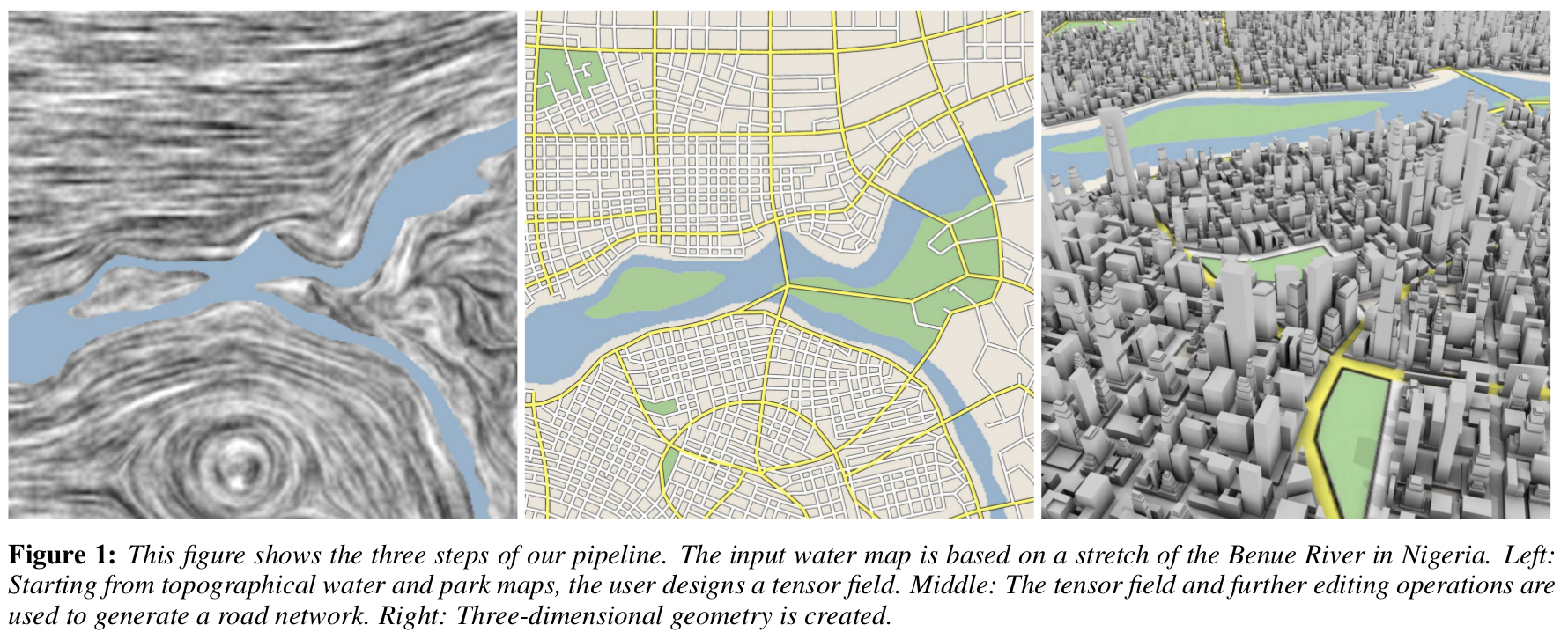
Time simulation

References
Slides including source code: